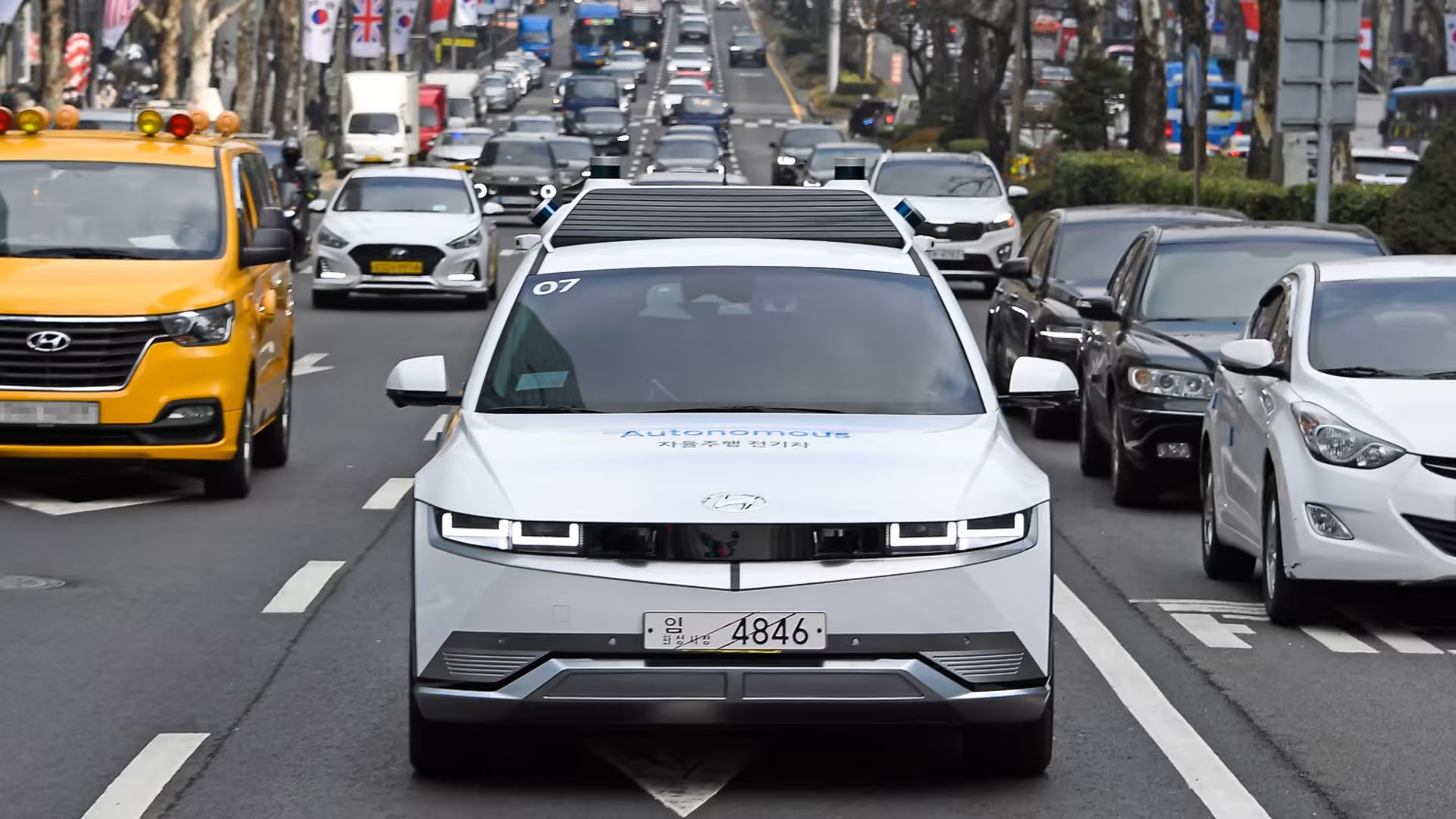China has recently unveiled new guidelines for the operation of autonomous vehicles (AVs), including robotaxis, self-driving trucks, and robobuses. These guidelines, released by the Ministry of Transport, aim to ensure the safety and regulation of AV services in the country. The new regulations have several key implications for the development and operation of autonomous vehicles in China.
Key Takeaway
China has introduced new guidelines for the operation of autonomous vehicles, emphasizing rigorous surveillance measures and specific operational restrictions. The regulations also require active monitoring and real-time data transmission in the event of accidents, marking a contrast with the approach taken by U.S. regulators.
Regulatory Framework and Surveillance Measures
The guidelines set by the Ministry of Transport emphasize rigorous surveillance measures to ensure the safety of autonomous vehicles. AVs, regardless of their level of automation, are only permitted to operate within designated areas. This includes specific restrictions for autonomous buses, robotaxis, and self-driving trucks, which must adhere to controlled and safe traffic conditions. Additionally, operators are required to obtain permits and relevant licenses for public transportation services, and AVs must be clearly labeled to alert other drivers on the road.
Software and Safety Operators
The guidelines also address the requirements for software and safety operators. Operators are mandated to comply with regulations for over-the-air upgrades and ensure the safety of the vehicles. Furthermore, the guidelines specify the necessary safety operators for AVs at various levels of automation, from in-car safety operators for autonomous cargo trucks to remote safety operators for robotaxis with full automation, with limitations on the number of vehicles they can oversee.
Active Surveillance and Data Transmission
Unlike U.S. regulations, which focus on reporting by AV operators in the event of accidents, China’s approach involves active surveillance and real-time data transmission. AVs are expected to monitor and store the status of the vehicles while transmitting essential data to service providers and local regulatory authorities. In the event of an accident, AVs are required to provide a minimum of 90 seconds of recorded event data, including video and audio recordings of driver behavior and human-machine interaction.
























